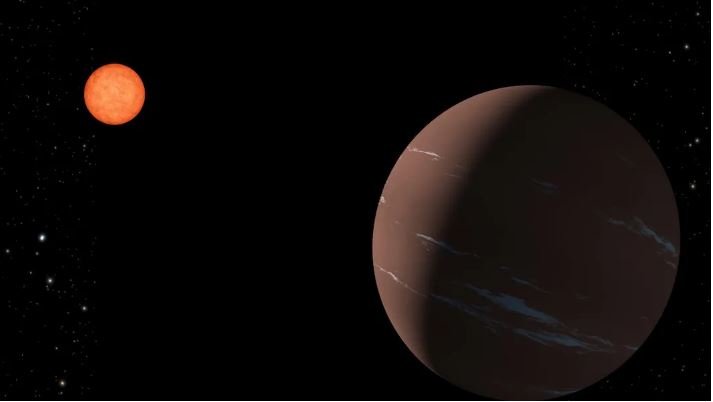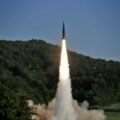NASA researchers operating the Transiting Exoplanet Survey Satellite (TESS) say they have detected signs of a “Super Earth” orbiting within its host star’s habitable zone. The newly discovered planet, which is estimated to be about one and a half times the size of Earth and has been named TOI-715 b, is only 137 light years away, making it part of our local cosmic neighborhood.
Given the relatively close location of the planet’s host star to Earth and its location within its star’s habitable zone, the research team behind the discovery believes TOI-715 b is a prime candidate for more observation, including a possible study using the James Webb Space Telescope (JWST) to search its atmosphere for signs of extraterrestrial life.
The same announcement also says there is a possibility of a second, Earth-sized planet also within the same star’s habitable zone, but confirmation of the second planet will require further observations.
Short Orbital Period and Star’s Lower Temperature Key to Discovery of TOI-715b Super Earth
Unlike Earth, which orbits a Main Sequence star we call the Sun, TOI-715b orbits a red dwarf star. According to a press release from NASA, the fact that it orbits a red dwarf was critical to its discovery.
“These planets make far closer orbits than those around stars like our Sun,” they explain, “but because red dwarfs are smaller and cooler, the planets can crowd closer and still be safely within the star’s habitable zone.”
In this case, TOI-715b orbits its host every 19 days, allowing TESS to observe the star dim every time the planet passes between it and Earth. Dubbed the transit method, this process has facilitated the vast majority of exoplanet discoveries.
The researchers note that this method works best when the light from the host star is dim enough for the dimming to be spotted by our telescopes, which is the case for many red dwarfs. Still, they caution that the method does have its limitations.
“Observing such transits for, say, an Earth-sized planet around a Sun-like star (and waiting for an Earth year, 365 days, to catch another transit) is beyond the capability of existing space telescopes,” they explain.
The researchers also point out that TOI-715b is not only within the star’s habitable zone, but this particular Super Earth actually lies within what they term the “conservative” habitable zone. This designation significantly increases the chances of water on the planet’s surface, which astrobiologists posit would also increase the chances of finding alien life.
Follow-Up Observations May Reveal Planet’s Atmosphere or Even Signs of Life
At this point, the researchers say they do not have enough information to determine if the planet is a dry, rocky world like Venus or Mars or if it has enough water content to be classified as a “water world.” However, they note that if TOI-715b has the right density and other characteristics, tools like the JWST could be trained on it, potentially revealing if the planet has an atmosphere or maybe even the chemical signatures of extraterrestrial life.
“The newest spaceborne instruments, including those onboard NASA’s James Webb Space Telescope, are designed not just to detect these distant worlds, but to reveal some of their characteristics,” they explain. “That includes the composition of their atmospheres, which could offer clues to the possible presence of life.”
As far as the other planet that may lie within the same star system’s conservative habitable zone, the researchers say that confirming its existence would mark a significant milestone in the search for Earth-like planets potentially capable of supporting life.
“If the possible second, Earth-sized planet in the system also is confirmed, it would become the smallest habitable-zone planet discovered by TESS so far,” they add.
Christopher Plain is a Science Fiction and Fantasy novelist and Head Science Writer at The Debrief. Follow and connect with him on X, learn about his books at plainfiction.com, or email him directly at christopher@thedebrief.org.

